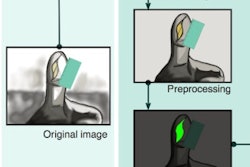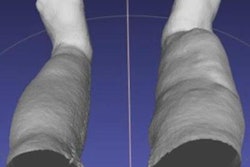"We know from basic science research on human vision and attention that human capabilities are limited, and that when you become an expert, like a radiologist, that expertise still works within the limits of the normal human search engine," Jeremy Wolfe, PhD, told AuntMinnie.com. Wolfe, from Brigham and Women's Hospital, also serves as a professor of ophthalmology and radiology at Harvard Medical School.
Wolfe will explain what types of visual and attentional limitations are most relevant to radiologists' work using graphical demos, optical illusions, and other visual surprises -- starting with the task of identifying uncommon irregularities on images.
"Radiologists often perform visual search tasks for rare items, and the fact that it is rare makes it more difficult to find, which raises a bunch of interesting questions," he said.
Moreover, Wolfe will propose how radiologists can use techniques and technological assistance to inoculate themselves against various types of visualization errors stemming from natural human limits.
"If you're a computer, you don't care about those limits -- boredom, confusion, concerns about targets being rare -- so you can help radiologists because you don't face the same problems," he said. "In the end, the computer and radiologists are going to be working together to do better than either can do by themselves."
This Sunday course is associated with the U.S. National Cancer Institute-sponsored Perception Lab, which will take place at the Lakeside Learning Center during RSNA 2017.



















